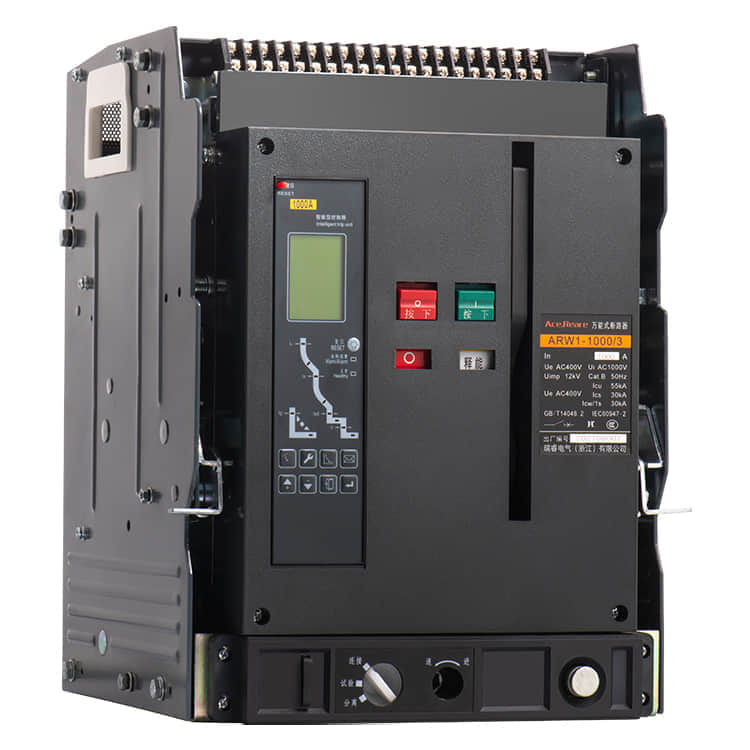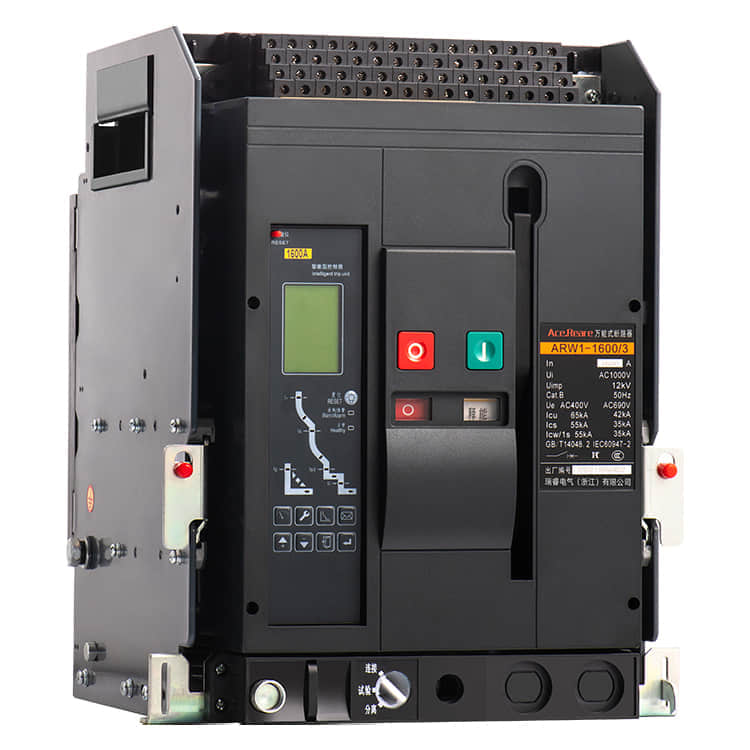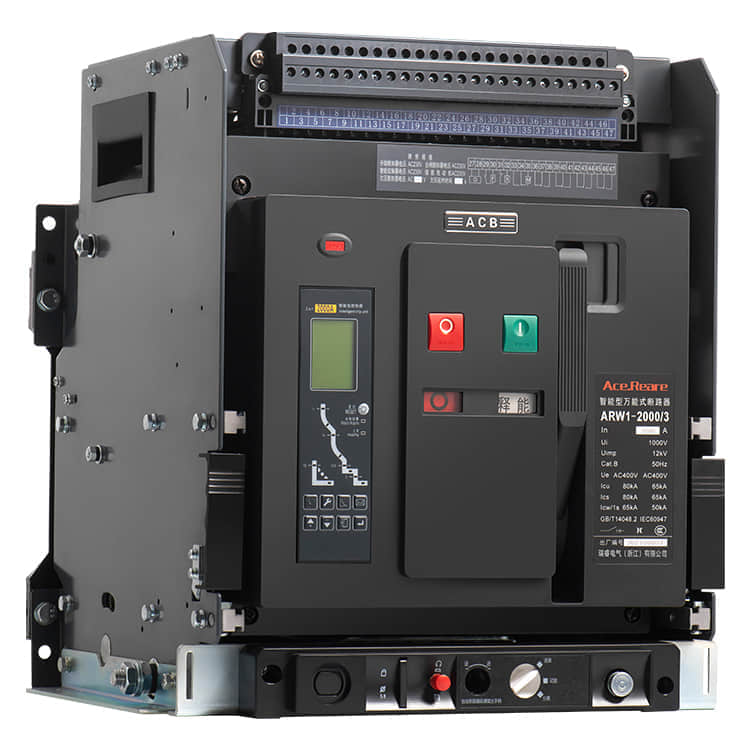In the realm of electrical systems, safety, reliability, and efficiency are paramount. At the heart of safeguarding electrical circuits lies the ACB (Air Circuit Breaker), an essential component that protects equipment and personnel from electrical faults. Among the various types of ACB breakers, the fixed-type ACB breaker stands out for its remarkable engineering and its ability to provide uninterrupted power supply while ensuring safety. In this article, we will explore the fascinating world of fixed-type ACB breakers, shedding light on their construction, functions, and advantages.

Introduction

Fixed-type ACB breakers are robust and versatile devices designed to disconnect electrical circuits in case of overcurrent or short circuits. These breakers consist of an array of components that work in tandem to guarantee electrical safety. Let’s delve into the key features that make them a preferred choice in various applications. Construction and Components Fixed-type ACB breakers boast a sturdy construction. They typically consist of the following key components: Frame: The backbone of the breaker, the frame provides structural support and houses all the internal components. Contacts: Fixed-type ACB breakers contain a set of stationary and moving contacts. When closed, these contacts establish electrical continuity, and when open, they effectively interrupt the current flow. Arc Chute: To extinguish the arc formed during contact separation, arc chutes are incorporated. These chutes employ various techniques like magnetic blowout and cooling to ensure efficient arc quenching. Operating Mechanism: The operating mechanism includes a motor, a spring, and a control system. It controls the opening and closing of the contacts in response to electrical faults. Tripping Unit: The tripping unit is the brain of the ACB breaker. It monitors current and can trip the breaker in milliseconds upon detecting a fault. Control Panel: Modern fixed-type ACB breakers come equipped with sophisticated control panels that provide real-time information and enable remote operation. Functionality Fixed-type ACB breakers operate on a simple principle: when an abnormal current exceeds the preset threshold, the breaker’s protective relays are activated. These relays, part of the tripping unit, send a signal to the operating mechanism, causing the contacts to open rapidly. This action effectively isolates the faulty circuit, preventing further damage or hazards. Advantages of Fixed-Type ACB Breakers Fixed-type ACB breakers offer several advantages over their counterparts: High Breaking Capacity: These breakers can interrupt large fault currents, making them suitable for industrial applications where heavy loads are common. Reliability: With fewer moving parts compared to some other types of breakers, fixed-type ACB breakers are known for their reliability and long service life. Safety: They provide a high level of safety by rapidly disconnecting circuits during faults, reducing the risk of electrical fires or equipment damage. Ease of Maintenance: Maintenance is simplified due to their robust construction and modular design. Remote Operation: Modern fixed-type ACB breakers can be controlled remotely, enhancing convenience and allowing for quicker response to faults. Applications Fixed-type ACB breakers find applications in various sectors: Industrial: These breakers are commonly used in industries with heavy electrical loads, such as manufacturing plants, mines, and refineries. Commercial: They are also employed in commercial buildings to protect critical electrical systems. Utilities: Fixed-type ACB breakers play a crucial role in power distribution networks, ensuring grid stability. Conclusion Fixed-type ACB breakers are the unsung heroes of electrical systems, silently ensuring the smooth operation of circuits while safeguarding against faults. Their engineering brilliance, reliability, and versatility make them an indispensable component in diverse applications. As technology continues to advance, fixed-type ACB breakers are poised to become even more efficient and intelligent, further enhancing the safety and efficiency of electrical systems worldwide.
